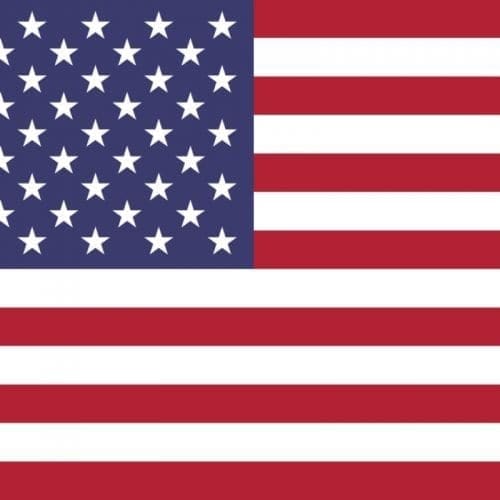With their high wings and streamlined design, these big block monsters dominated NASCAR racing in 1969-70. We acquired our car in an eBay auction.
THESE CARS
Plymouth introduced the Superbird to win at NASCAR by modifying a Roadrunner and installing either a 426 Hemi, a 440 Super Commando, or a 440 Commando with a six-pack carburetor. Capitalizing on the previous experience in 1969 with the Dodge specials they knew that certain streamlining options would improve performance. By adding an elongated, tapered nose, which increased the overall dimensions by 19 inches, and a tall pair of tail fins, along with retractable headlights to further avoid wind resistance, there was an increase in top speed but only at the high end of the velocity curve. To qualify, 1,920 of these cars had to were required to be manufactured, based on a new formula which, instead of requiring 500 production examples, now mandated two cars for every dealer in the United States. These somewhat impractical cars, at that level of production, were difficult to sell and sat on dealer lots for months on end.
Nevertheless, the Superbird was a success at NASCAR and beyond. With the 426 Hemi producing 425 horsepower, the zero to sixty acceleration was just 4.8 seconds, but they produced only 135 of these. With a drag coefficient of only 0.28, there are only a few cars today can brag similar slipperiness. Its 200 mile per hour speed set in March 1970 at Talladega was a NASCAR record. This seems to be the first advertised 200mph from a stock American car, much as the 1921 Paige Daytona claimed the first stock 100. The combination of front-end styling and the improved down force exerted by the tail played a role in its performance.
On the track, they attracted Richard Petty back to Plymouth with the Superbird design, and he won eight NASCAR races and placed high in others. By 1971 NASCAR had changed the rules so that cars could have a displacement of only five liters or fewer. If a team elected to use a big engine, weight penalties were applied, which esentially took the cars out of competition. NASCAR was fulfilling its mission to reduce speeds for safety reasons, a theme that extended well into the future. As a result, this extinguished the racing history of the Superbird.
There have been rumors that they considered the streamlining features mentioned above too garish or “out of stock” to be part of the NASCAR theme. In view of the vague relationship between an actual stock car and a current competing NASCAR, this is difficult to believe but I’ve heard it more than once.
When the Superbird appeared on the market, sports car magazines pointed out that for the owner who insists on owning a production performance car so distinctive that he would rarely see another on the highway, the ’70 Plymouth Superbird and the nearly identical Dodge Daytona Chargers were among the best choices. At the time Road Test Magazine assumed that because only a scant 2,000 of these “limited edition” cars were being built, “most, if not virtually all, were on firm order before the run even started. Specially constructed “Birds” will put Plymouth back in the big time stock car racing business, and no doubt in the headlines again – as a winner.”
As we know, by the end of the 1970 racing season, the car was no longer eligible for NASCAR, and because of it‘s impracticality for road use, many Superbirds were unsold on dealer’s lots, and often given away at dramatically reduced prices.
OUR CAR
To tell the story of the amateur history of NASCAR, which is part of our theme of sports car racing in America, I thought a Superbird was an essential ingredient. Its recorded 200mph speed with a Hemi was a landmark. Not expecting to find one of the few Hemis in existence, I would have been satisified with the Super Commando as long as it had a stick shift with that handsome pistol grip. Another feature which drivers in the time liked to use, both for appearance, streamlining, and construction reasons, was to fill in the seam where the Superbird nosecone is attached to the Roadrunner front body. In the stock cars this vertical seam creates a visual distraction, and it seemed like those cars in which that seam was leaded in just looked better. I understand that Petty’s cars also had that minor detail.
It wasn’t long before, on eBay, we found an excellent Superbird, with all these features, in my favorite color most desirable choice of colors, Tor Red. Thoroughly checked out for matching numbers, stick shift, and a sympathetic this car now brings the viewers both back into the muscle car era and helps us define the amateur history of NASCAR. As NASCAR becomes a professional sport, it varies from the theme of our collection, but the Superbird was a NASCAR that anyone could buy and enjoy, and this is true of ours.


In the scheme of Holy Grail muscle cars, this has to be one of them.
Hotrod.com









